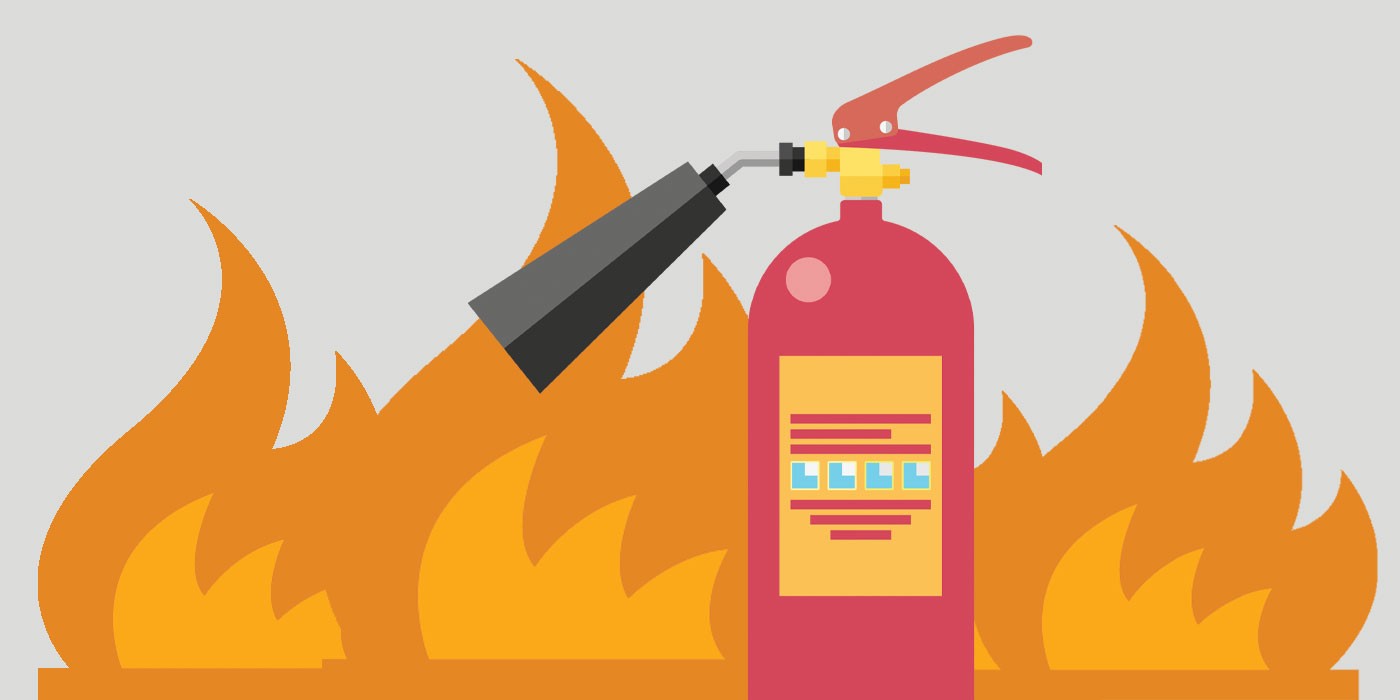 Summary:
Summary:
Fire safety is everyone’s responsibility.
This article explains how to prevent fires in your home, where fire extinguishers are located, and how to use them correctly in accordance with Japanese fire safety guidelines.
🏠 1. Fire Prevention at Home
Most fires in Okinawa homes start from kitchen stoves, heaters, or electrical appliances.
You can greatly reduce the risk by following these preventive steps:
✅ Kitchen Safety
Never leave a gas stove or oven unattended while cooking.
Keep flammable items (towels, paper, curtains) away from open flames.
Clean oil and grease regularly to prevent ignition.
Turn off gas and unplug cooking appliances after use.
✅ Electrical Safety
Avoid overloading outlets with too many plugs.
Use surge protectors for major electronics.
Do not run cords under rugs or mats.
Unplug unused appliances during long absences.
✅ General Precautions
Do not smoke indoors or on balconies.
Keep candles and incense away from flammable materials.
Turn off heaters when leaving a room or going to sleep.
⚠️ Important: In case you smell gas, do not use switches or flames — open windows, close the main gas valve, and contact your gas company immediately.
🧯 2. Location and Types of Fire Extinguishers
Every Saki Corporation property is equipped with at least one fire extinguisher (消火器 / shōkaki), typically located:
Near the entrance or kitchen, or
In the hallway or common area (for apartment buildings).
Common Types in Japan
| Label Color | Type | Use For |
|---|---|---|
| Red | Powder (ABC) type | Most household fires: oil, paper, electrical |
| Silver | Foam / Water | General fires (non-electrical) |
| Green | CO₂ (carbon dioxide) | Electrical equipment fires |
💡 Always check the label and expiration date on your extinguisher (printed on the side). Expired units must be replaced by management.
 🧑🚒 3. How to Use a Fire Extinguisher (PASS Method)
🧑🚒 3. How to Use a Fire Extinguisher (PASS Method)
Follow these four simple steps, as recommended by the Tokyo Fire Department:
(Tokyo Fire Dept. – Fire Extinguisher Use Guide)
| Step | Action | Description |
|---|---|---|
| P – Pull | Pull out the safety pin | Hold the extinguisher upright |
| A – Aim | Aim at the base of the fire | Stay about 2–3 meters away |
| S – Squeeze | Squeeze the lever firmly | Control the flow of powder |
| S – Sweep | Sweep side to side | Cover the fire evenly until it’s out |
⚠️ If the fire does not go out immediately, evacuate and call 119 (Japan’s fire emergency number).
🚨 4. What to Do in Case of Fire
Shout “Kaji!” (Fire!) to alert others nearby.
If small and manageable, use the extinguisher immediately.
If the fire spreads or smoke thickens, evacuate immediately — do not try to save belongings.
Close doors behind you to slow the spread.
-
Call 119 (Fire Department) from a safe location.
-
Operator may not speak English, but say:
“Fire. [Your Address]. Please come quickly.”
-
Notify Saki Corporation once you are safe and the situation is under control.
📞 Saki Corporation Office: 098-923-0454
🧰 5. Checking and Maintaining Extinguishers
Tenants should regularly check their extinguishers and report any issues.
🔍 Monthly Quick Check
Confirm it is easily accessible and not blocked.
Make sure the pressure gauge needle is within the green zone.
Ensure the safety pin and seal are intact.
Check that the nozzle is clean and not damaged.
💡 If the gauge needle is outside the green area or rust appears, contact our office for replacement.
🧳 6. Fire Safety During Long Absence
Before going on extended leave or deployment:
Turn off gas and unplug appliances.
Remove flammable items from around the stove and heater.
Check that balcony and electrical outlets are clean and dust-free.
Notify Saki Corporation if you’ll be away for more than 7 days (as required by your lease).
⚠️ Failure to properly secure gas or electrical sources before absence may result in damage liability.
Comments
0 comments
Please sign in to leave a comment.